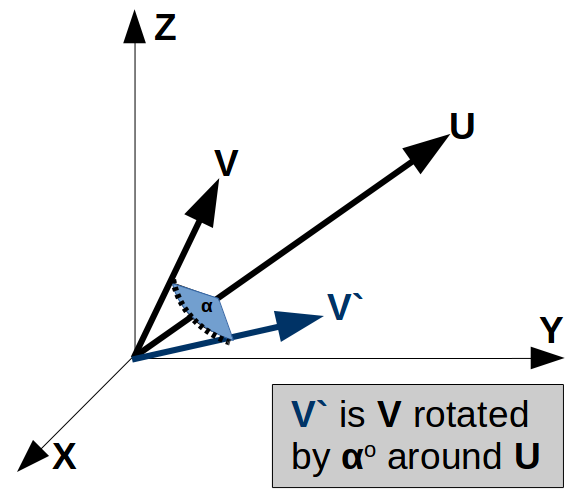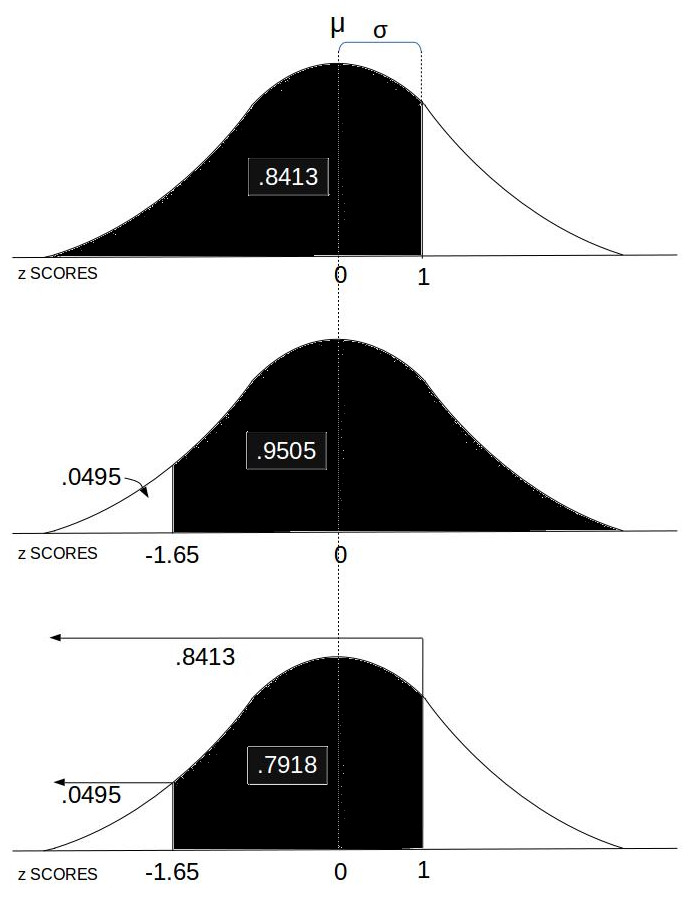vCalc Calculators
The following are links to free online calculators for the use and benefit of students and faculty around the world. These free calculators are sponsored by Olivet Nazarene University and Africa Nazarene University in collaboration with vCalc.


